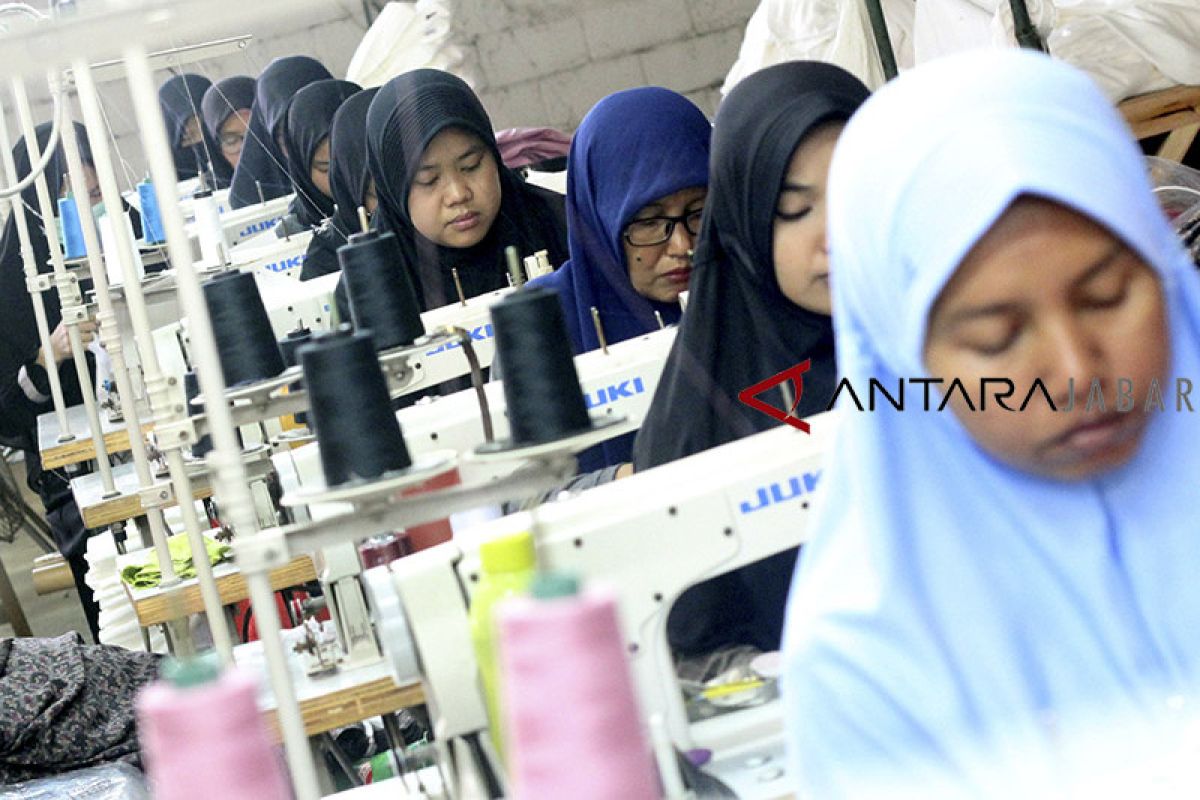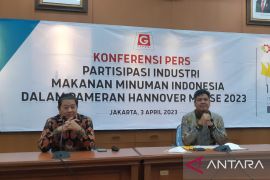Padang, W Sumatra (ANTARA) - The domestic manufacturing industry needs at least 682 thousand new workers every year, but this demand is not being met, Industry Minister Agus Gumiwang Kartasasmita has said. He made the statement on Monday during a public lecture on the improvement of the industrial confidence index (IKI) through the development of industrial human resources at Andalas University in Padang, West Sumatra.
He said that the demand is not being met because the skills of graduates are not aligned with the needs of the business world. According to the National Workforce Survey (Sakernas), there were 8.42 million unemployed in the country in 2022, with the open unemployment rate recorded at 5.86 percent.
Kartasasmita noted that Indonesia's demographic dividend presents an opportunity as well as a challenge. Only 13 percent of Indonesia's working-age population has received tertiary education, while the rest is dominated by junior high school- and high school-level graduates.
He pointed out that another challenge of the demographic dividend is that every year, there will be 1.65 million tertiary education graduates and 1.8 million high school graduates who will not continue their education to the tertiary level.
This means that there are 3.45 million new job seekers every year. In comparison, the job opportunities are relatively limited. For example, the manufacturing industry only needs around 682 thousand new workers every year.
Baca juga: Digitalisasi buat pelaku IKM dan UMKM perluas pasar
Baca juga: Vokasi jadi praktik terbaik kemitraan industri-pendidikan
Therefore, the Ministry of Industry considers human development through vocational education crucial to ensure the country's competitiveness, especially since Indonesia will reach the peak of its demographic dividend in 2030. In addition, in 2045, or the 100th year of its independence anniversary, Indonesia's population is projected to reach 318.7 million, with a population growth rate of 1.25 percent per year.
Indonesia manufacturing industry needs 682K workers per year

File - Workers make clothes at a garment factory in Bogor, West Java, on February 27, 2019. The domestic manufacturing industry needs at least 682 thousand new workers every year. (ANTARA FOTO/Yulius Satria Wijaya)









